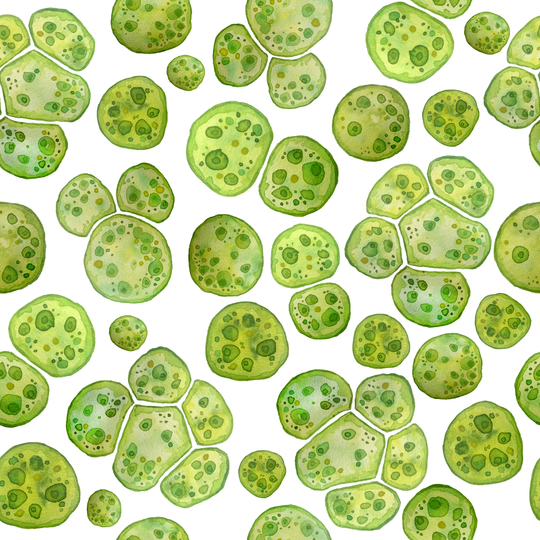Technologies
Discover, Connect & Collaborate at TECHINNOVATION 2021
High Density Cultivation of Genetically Tractable Microalgae

Technology Overview
Microalgae has been successfully cultivated at a large scale commercially to produce nutraceuticals, pigments, and aquaculture feed. It can also be used as an alternate protein source and biofuels. However, conventional open pond microalgae cultivation methods are susceptible to contamination by undesirable organisms from the environment. Moreover, the cost of microalgae production by this method can be relatively high.
Many microalgae species are surrounded by a rigid cell wall which requires energy intensive mechanical methods to disrupt the cell wall to access the cellular contents. The degree of algal biomass utilisation is largely dependent on ease of access to the cellular contents. A unicellular red algae strain (Cyanidium & Galdieria from the Cyanidiales class) found in sulfuric hot springs worldwide was developed to overcome these issues. These red algae strains contain thermostable phycocyanin (blue colorant) and higher concentrations of proteins, Gamma-aminobutyric acid (GABA) and Vitamins C, E & K compared to other commercially available microalgae strains.
This technology relates to a method of cultivating cell wall-less red algae strains at densities 50 times higher than commercially cultivated microalgae in an open pond. This also drastically reduces the cost of cultivation by 10 times (USD 1/kg vs. USD 10/kg by conventional methods). Through self-cloning, the algal cellular contents can be altered. Alternatively heterologous proteins such as peptide vaccine can be accumulated in the algal cells for animal health applications.
The technology provider is looking to license the high intensity red algae farming method. They are also interested in co-development of nutraceuticals and functional animal feeds to interested parties.
Technology Features, Specifications and Advantages
- Higher yield at 20 g /L (dry algal weight basis) compared to conventional yield at < 0.4 g/L production
- Higher nutritional content compared in Cyanidium & Galdieria compared to commonly farmed Chlorella strain
- Cellular contents in cell wall-less Cyanidium & Galdieria strain can be easily disrupted for extraction and can be easily digestible by animals for feed applications
- Effective growth prevention of contaminated microorganisms through cultivation in acidified seawater medium (< pH 2.0)
- Targeted nutrient levels can be increased through self-cloning in selected microalgae
- Heterologous proteins such as peptide vaccine for livestock can be expressed in algal cells
Potential Applications
- Cyanidialean microalgae can be cultivated for nutraceuticals, pigments and animal feeds. It can also serve as an alternative protein source.
- Through economics of scale, high density cultivation can lower the cost of microalgae production.
Customer Benefit
The newly developed cell-wall-less strains of Cyanidialean microalgae and procedures for open cultivation at a high density offers a business opportunity for large-scale algae cultivation and development of algae-based products.